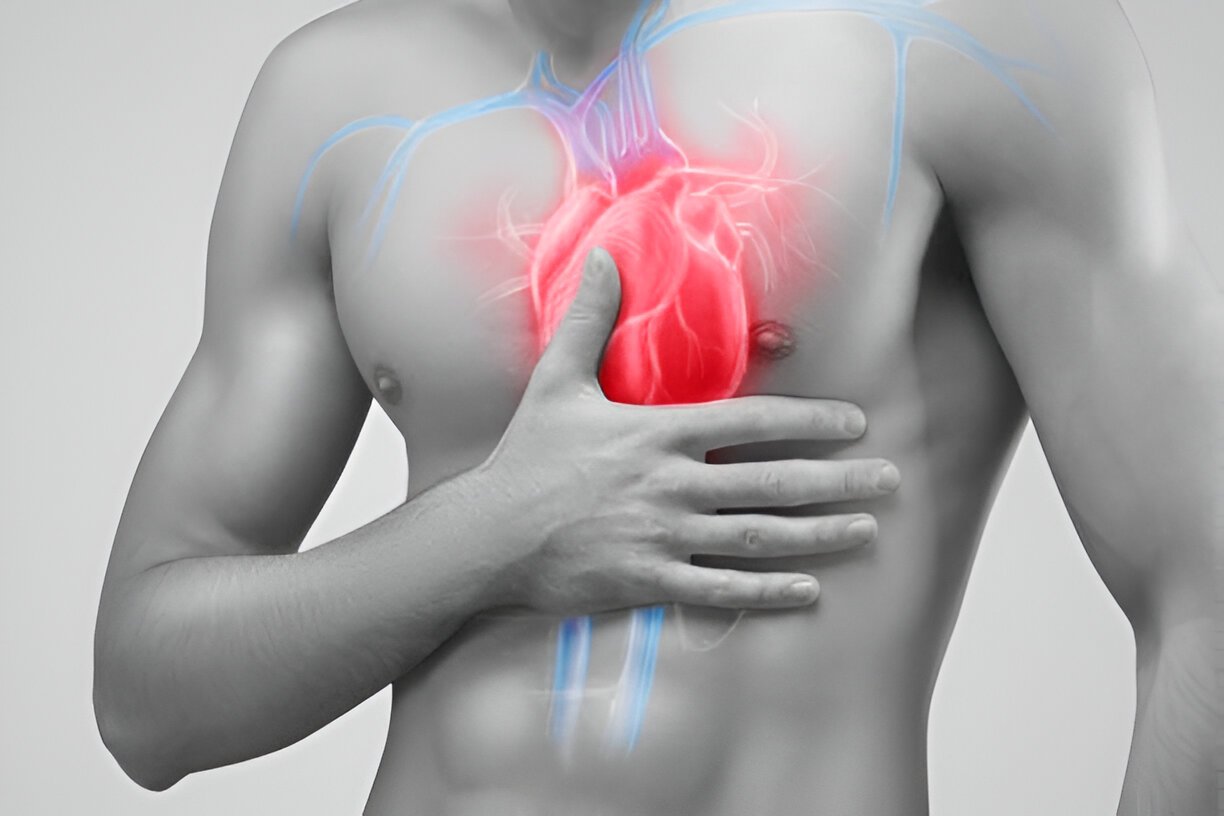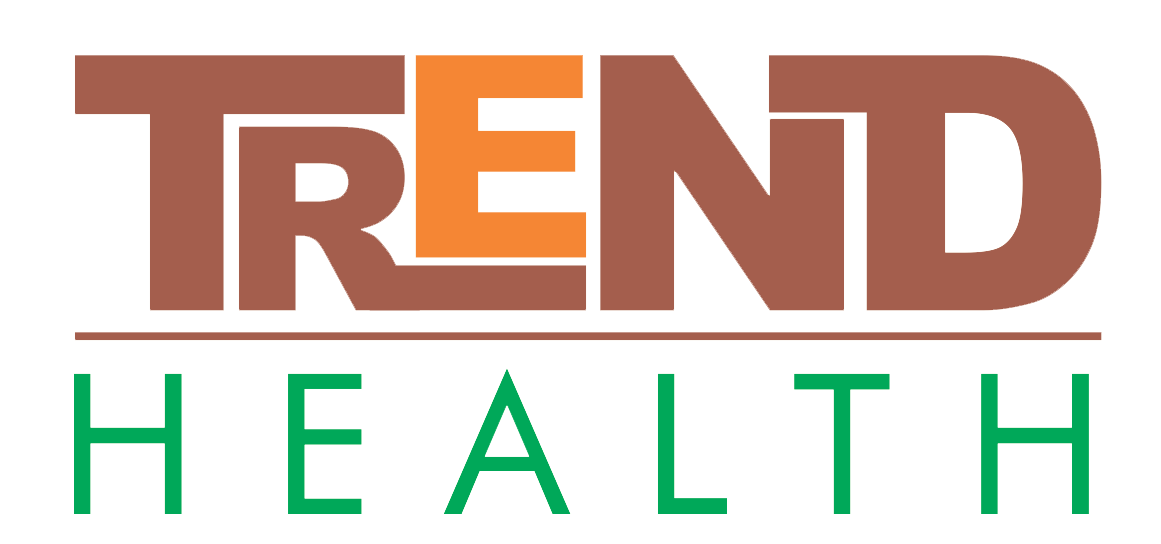People who have a myocardial infarction (MI or “heart attack”) require emergency care. Once the cardiac event has been treated, patients will receive long-term care designed to prevent another infarction, but also to avoid cardiovascular complications that can occur after a heart attack. This post-infarction care is based on several therapeutic Modalities: Medications, Cardiovascular Rehabilitation, Lifestyle measures and, sometimes, surgery.

What is myocardial infarction?
Myocardial infarction , or Heart Attack, is the Destruction of part of the heart muscle when it is no longer sufficiently supplied with oxygen. This happens when an artery supplying it becomes blocked or suddenly reduces in diameter. This occurs, for example, when a fragment of fatty plaque detaches from the inner wall of a blood vessel and obstructs an artery of the heart. A Blood clot then forms, which Causes Asphyxiation of part of the heart.
The myocardial cells deprived of Oxygen die and the Affected area, more or less extensive, can no longer contract properly. Since the death of muscle cells occurs within about four hours after the onset of the infarction, a myocardial infarction is a medical emergency that ALWAYS requires calling the emergency services.
What are the Symptoms of myocardial infarction?
Symptoms of a heart attack include chest pain that lasts more than 20 to 30 minutes. It radiates behind the sternum , into the back, shoulders, jaw, and left arm. Other symptoms are possible: anxiety, sweating, dizziness , shortness of Breath, for example. In women, this pain may be located in the stomach or belly, which is rarer in men. It may be accompanied by nausea, Vomiting, or sudden great fatigue. Signs suggesting a myocardial infarction should lead to calling 15 or 112 immediately to receive a diagnosis and emergency treatment.
More rarely, some heart attacks may go unnoticed and are discovered during an electrocardiogram performed during a health check-up.
What is the prognosis for a myocardial infarction?
In France, each year, Approximately 100,000 people suffer a Myocardial Infarction . It is a Potentially serious illness, but major progress has been made in the management of heart attacks: today, 96% of people who have a heart attack survive beyond a month and 89% survive beyond a year.
Not all patients have the same prognosis after a heart attack, depending on their age, gender, the existence of cardiovascular risk factors (such as smoking , excess cholesterol or diabetes , for example), and of course, the severity of the infarction (extent of the area of the heart muscle affected) and the speed with which emergency treatment is implemented.
The severity of the damage to the heart muscle is assessed using various medical tests: electrocardiogram, cardiac ultrasound , coronary angiography, scintigraphy , for example. In addition, it is possible to measure in the blood certain cardiac enzymes that were released during the destruction of the cells.
What are the complications of myocardial infarction?
A myocardial infarction exposes one to potentially serious complications. In addition to death in the event of a massive infarction, the alteration of the heart muscle can cause heart failure , heart rhythm disorders or a stroke . One of the main complications is recurrence, hence the importance of medical care following a first infarction.
What are the treatments for myocardial infarction?
Emergency treatment for a heart attack aims to restore blood flow to the heart muscle by dissolving the blood clot blocking an artery and widening the diameter of the artery with a balloon inserted through an artery. A small spring called a stent is placed in the artery so that it maintains the correct diameter once the balloon is removed. After discharge from the hospital, the patient must undergo rehabilitation, the aim of which is to promote the recovery of the heart muscle’s capacity.
Other treatments may be administered by emergency teams during myocardial infarction : analgesics (to combat pain), anticoagulants (blood thinners), antiarrhythmics (to regulate the heartbeat), for example.
Emergency care to restore blood flow to the heart muscle
To restore blood flow to the heart muscle (coronary reperfusion), two main methods are used: thrombolysis and angioplasty.
- Thrombolysis is the injection into a vein of a drug intended to dissolve the blood clot causing the blockage in the artery. This injection is given as soon as possible (less than three hours after the onset of the infarction), most often before admission to hospital. If the infarction is recent (less than three hours) and angioplasty can be performed in less than 90 minutes, thrombolysis is not used.
- Angioplasty involves inserting a very thin tube ( catheter ) into an artery in the groin or wrist. This catheter travels through the arteries until it reaches the blocked coronary artery. At the end of this tube is a balloon. Once it reaches the blocked coronary artery, the balloon is inflated, which dilates the artery and crushes the clot. A small spring ( stent ) is then placed in the artery so that it maintains the correct diameter once the catheter is removed. Angioplasty is performed under coronary angiography (see box below) to visualize the positioning of the balloon.
Medical follow-up after a myocardial infarction
Various additional tests assessing cardiac function are carried out before discharge from the hospital in order to detect possible heart failure caused by the infarction and to estimate the risk of recurrence or heart rhythm disorders . This assessment also looks for certain factors that influence the occurrence of cardiovascular diseases: cardiovascular risk factors (age, sex, family history of cardiovascular disease, smoking , overweight and obesity , sedentary lifestyle, diabetes , excess cholesterol ).
After discharge from the hospital, the patient who has had a heart attack must undergo cardiovascular rehabilitation , the aim of which is to promote the recovery of the heart muscle’s capacity and to assist with socio-professional reintegration.
During the first year following the heart attack, medical monitoring is very close: consultation once a month with the general practitioner and once every three months with the cardiologist. Afterwards, it is preferable to continue to regularly consult your doctor (every three months) and your cardiologist (at least once a year). In addition, strict compliance with the prescribed treatments is essential to avoid recurrences and complications.
Surgical treatments after myocardial infarction
In addition to angioplasty, which is performed as an Emergency or at a distance from the infarction, other surgical techniques may prove necessary in the months following the infarction.
When heart Rhythm disorders persist despite Drug Treatment, an implantable cardiac defibrillator (designed to resynchronize the heart in the event of irregular contractions) or a pacemaker (to regulate the rhythm) can be inserted under local anesthesia.
If angioplasty is not possible, the surgeon can perform a bypass : a fragment of blood vessel is taken, most often from the leg, and grafted to create a new irrigation route for the heart.
When all treatments have failed, and in the case of severe and irreversible heart failure , there is one last solution, requiring major surgery: a heart transplant . It consists of replacing the diseased heart with a healthy heart from a brain-dead donor.







